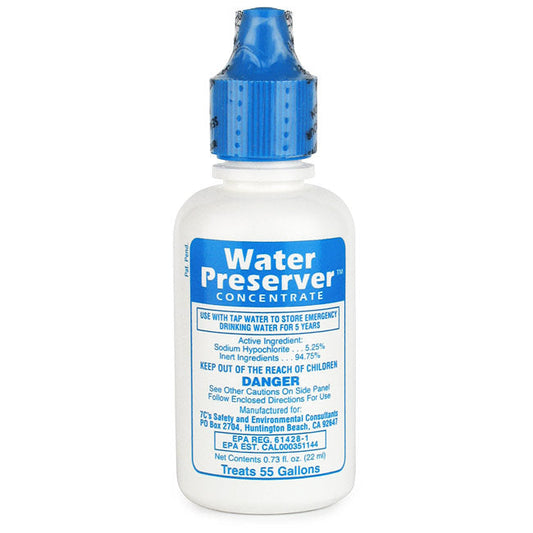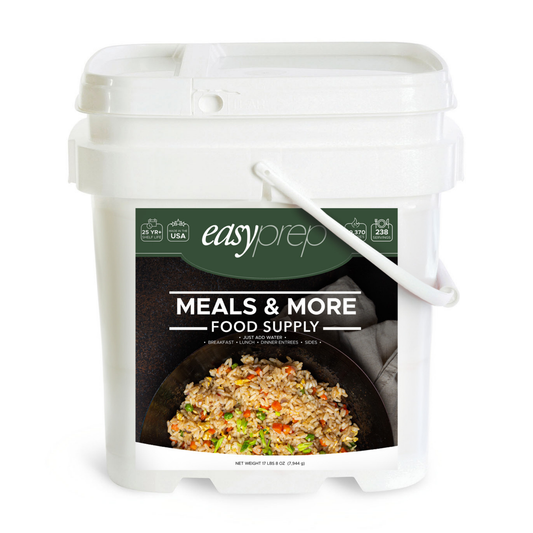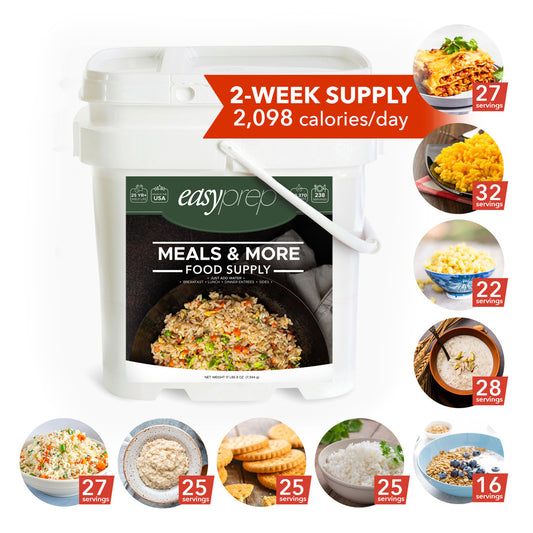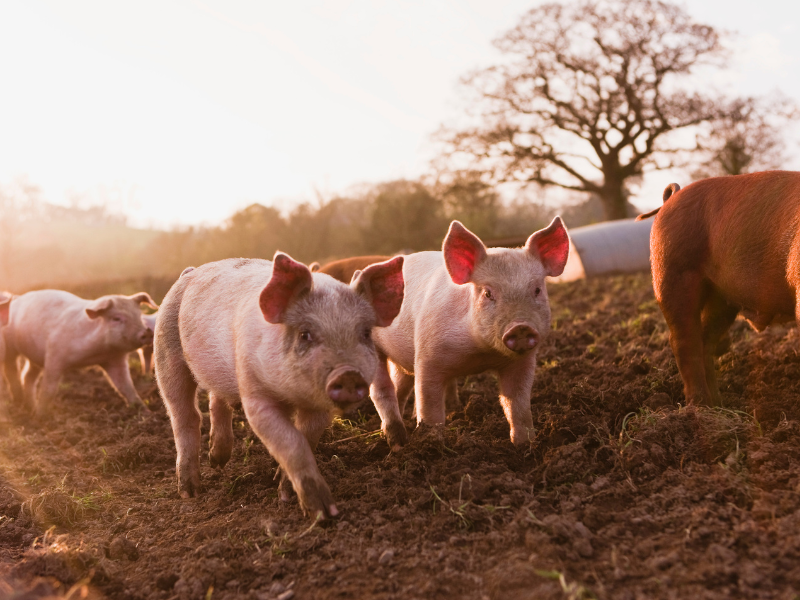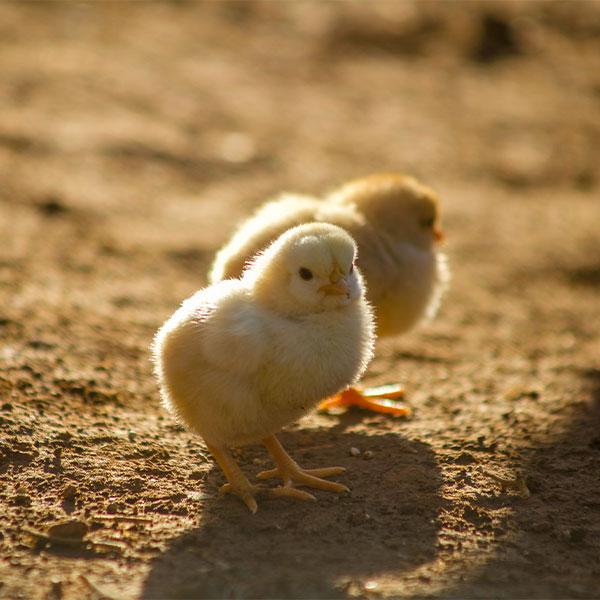Raising goats is an excellent way to save money and become more self-sufficient. These versatile animals can provide meat, milk, and even fiber. Contrary to popular belief, goats are clean, sociable, and playful animals that make a great addition to any homestead.
Why Keep Goats?
Goats offer many benefits. Dairy goats can produce up to 90 quarts of fresh milk per month, which can be used to make cheese, yogurt, or ice cream. Meat goats provide lean, delicious meat, while fiber goats supply materials like mohair or cashmere. Even goat manure makes excellent fertilizer for your garden.
Buying Goats
With over 200 breeds to choose from, selecting the right goat depends on your needs. Some goats are ideal for milking, others for meat, and some are even used for hauling. Choose a breed that fits your climate and goals.
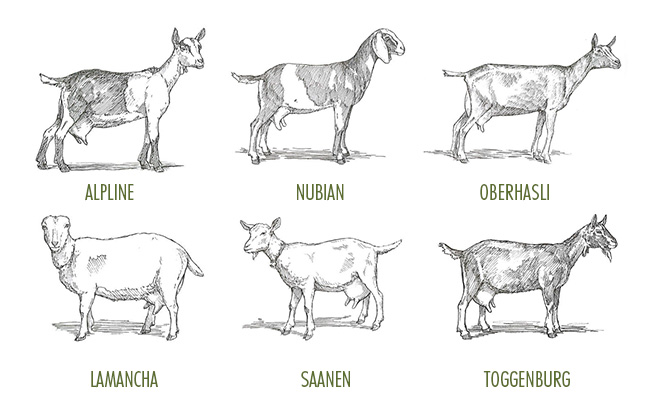
Dairy Goats
Popular dairy goat breeds in the U.S. include Alpine, LaMancha, Nubian, Oberhasli, Saanen, and Toggenburg. These goats thrive in various climates and provide high milk yields.
Meat Goats
Boer and Spanish goats are the top choices for meat production. Boers, originally from South Africa, are known for their size and quality meat. Spanish goats, while smaller, are hardy and adaptable.
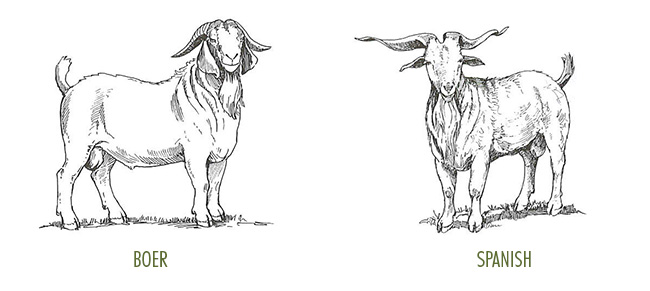
Miniature Goats
African Pygmy and Nigerian Dwarf goats are smaller options, great for limited space. While Pygmies are suited for meat, Nigerian Dwarfs excel in milk production.
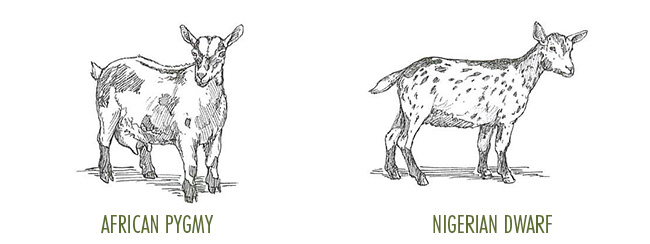
How Much Space Do You Need?
Each goat requires about 20 square feet for sleeping and feeding, plus an additional 30 square feet for roaming. Ensure proper fencing to keep them secure and safe from predators.
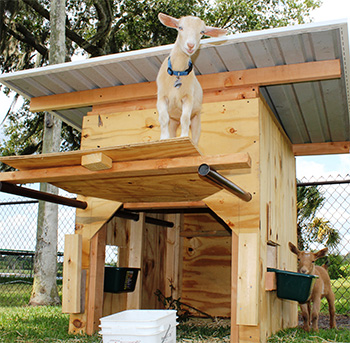
Preparing Your Property
Provide dry, draft-free shelters, and stock up on feeding equipment such as hay mangers and water buckets. Ensure your fencing is strong enough to contain curious goats and deter predators.
Feeding Goats
Goats thrive on pastures with access to grass and shrubs. Supplement their diet with hay, especially for young or lactating goats. Rotate pastures to maintain healthy grazing conditions.
Share Your Experience
Have you raised goats? Share your tips and advice in the comments below to help others starting their goat-raising journey!



